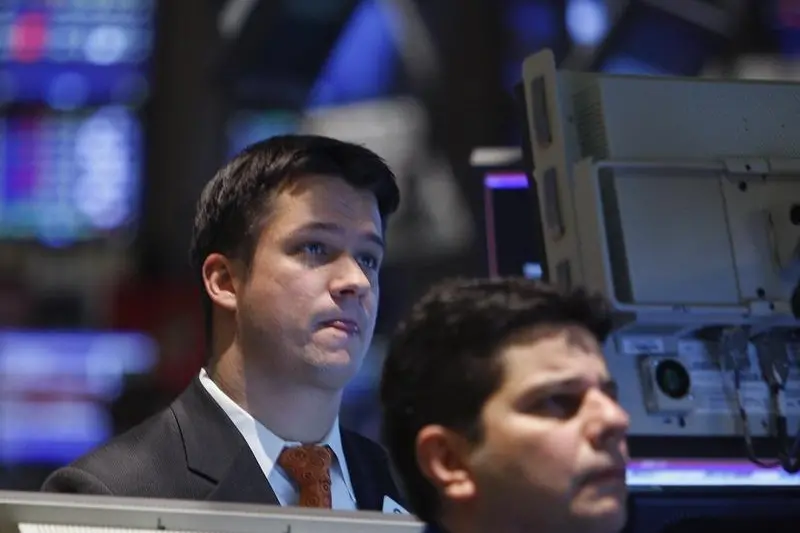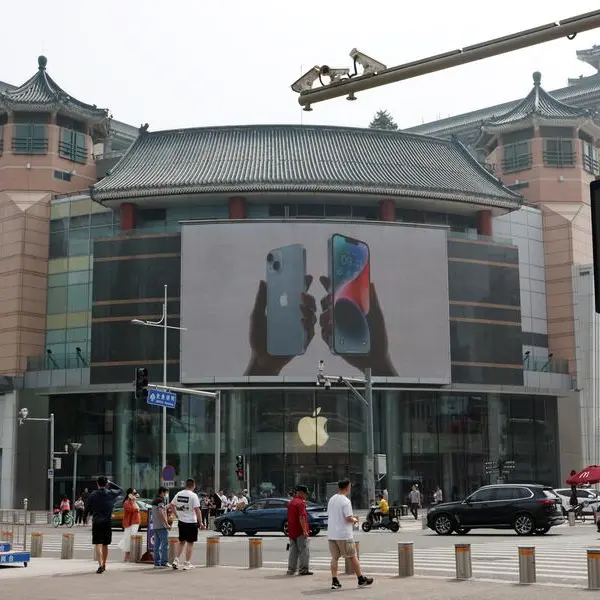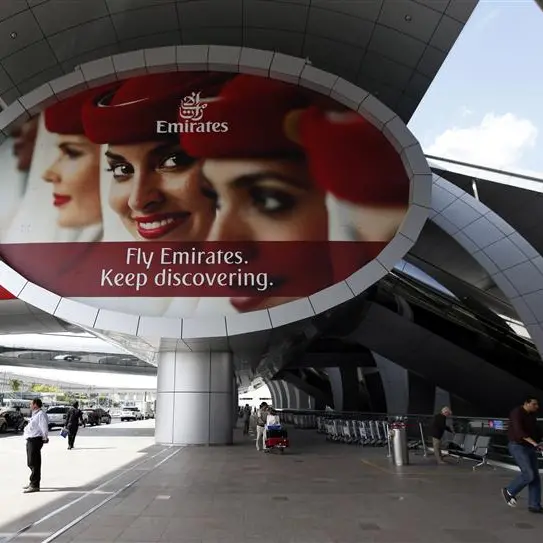PHOTO
Saturday, Dec 12, 2015
Dubai: With the US Federal Reserve expected to hike rates for the first time in seven years, analysts think the central bank of the world’s largest economy would adopt cautious stance at least till the middle of 2016 considering the divergent growth elsewhere.
“Most likely we expect to raise rates in the next meeting and the rate increase would be gradual. It’s not going to be drastic as the Fed has learnt its lessons from previous times. Going forward it would a very slow steady and a gradual increase. I don’t think the global economy can withstand the faster rate of increase,” Nadi Bargouti, managing director — Head of Asset Management at Emirates Investment Bank told Gulf News over the phone.
Analysts are predicting such a stance to limit the impact on the dollar.
‘Convenient excuse’:
“The international concerns that were mentioned in September were not really a serious reason not to raise rates — we would regard them as a “convenient excuse”. Certainly the international concern has been downplayed in policy speeches since then,” Paul Donovan, Managing Director, Global Economist, UBS Investment Bank told Gulf News.
There’s a 74 per cent chance that the central bank will increase rates at its December 15-16 meeting, Fed-fund futures show. In the speech delivered at the Economic Club of Washington, Fed Chair Janet Yellen harped on the downside of not raising rates now.
“Were the FOMC [Federal Open Markets Committee] to delay the start of policy normalisation for too long, we would likely end up having to tighten policy relatively abruptly to keep the economy from significantly overshooting both of our goals. Such an abrupt tightening would risk disrupting financial markets and perhaps even inadvertently push the economy into recession,” Yellen said on December 2.
Next year
“We believe that the Fed will raise rates slowly next year, but slowly means raising rates at around half the normal pace,” Donovan said.
UBS expects four 0.25 per cent rate increases, every other meeting.
However they expect the Fed to tighten quantitative policy more aggressively — and from the middle of the year and may decide not to reinvest maturing bond proceeds.
“This pace of monetary tightening keeps the real Fed funds rate negative, but relatively stable. The quantitative policy tightening should help to prevent there being too many problems with the economy overheating or credit bubbles forming,” Donovan added.
Complete contrast
The Fed stance would in complete contrast to what the European Central Bank (ECB) did.
“We will see the Fed raising the rates with excessively dovish view. It is something which is in complete contrast to what the ECB did, they lowered the interest rate and missed the market expectation by far,” Naeem Aslam, Chief Market Analyst, Global Head of Analysis at Ava Trade told Gulf News.
Aslam said a 25 basis point for instance will drain out nearly $800 billion dollar from the system that is more than the QE2.
By Siddesh Suresh ?Mayenkar ?Staff Reporter
Gulf News 2015. All rights reserved.












